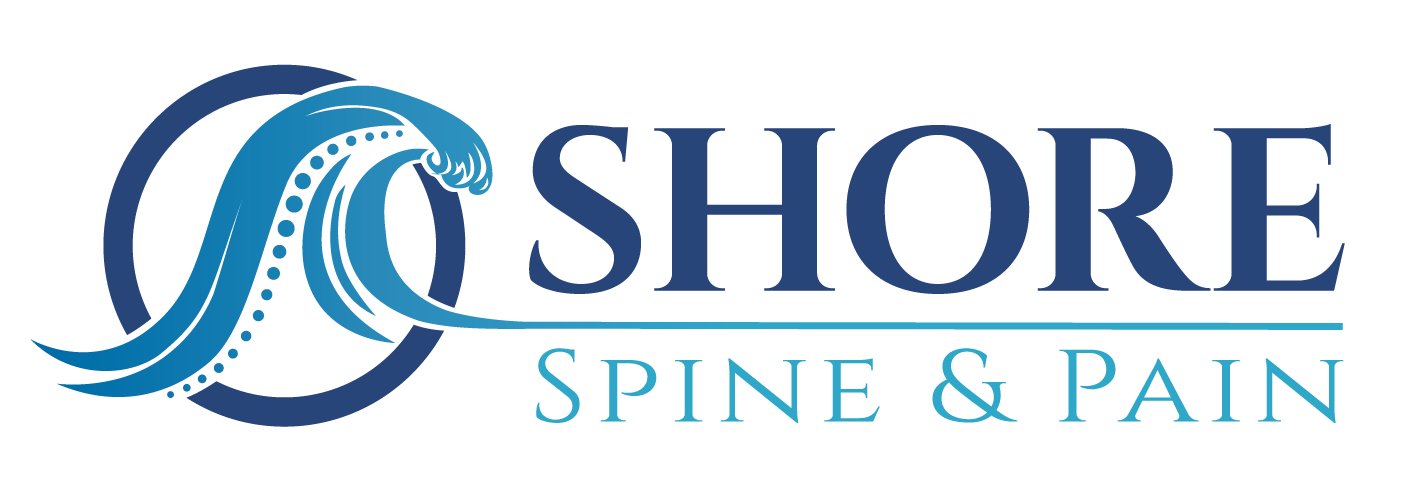Overview
Between the vertebrae of your spine are soft discs. They let your spine twist and bend. They absorb shocks. But if damaged, the disc’s soft center can push through the disc wall. That’s a herniated disc. This bulge presses against nerves in your spine.
Causes
A herniated disc can be caused by micro-trauma and by traumatic injury. And, they can also happen if you lift something heavy.
Video Overview
Symptoms
Symptoms depend on how bad the herniation is and at what level of your spine it has happened. Most happen in the lumbar spine. This can cause pain, numbness, weakness and tingling. You may feel these in your buttocks, leg or foot.
Diagnosis
Diagnosis of cervical disc herniations require a careful history and physical examination. Imaging such as MRI (Magnetic Resonance Imaging) can provide excellent anatomical detail of the disc, spinal canal, and spinal nerves. Consequently, MRI is used to accurately diagnosis and characterize disc herniations in the spine.
Additionally, you may require electromyography (EMG) and nerve conduction studies (NCV) to accurately diagnose lumbar radiculopathy and distinguish this disorder from other neurologic conditions.
Treatment
Initial treatments for a herniated disc include rest, ice, NSAIDS, and physical therapy. Unfortunately, these treatments will not be effective for all patients.
Lumbar epidural steroid injections can be highly effective treatment for patients who don’t improve with conservative treatment. These injections are performed in a surgical center using fluoroscopic or x-ray guidance. They have the ability to accurately inject anti-inflammatory steroid at the exact site of the disc herniation and pinched nerve.
Percutaneous discectomy and Endoscopic Discectomy are a minimally invasive procedures that can remove disc herniations and resultant pressure on the nerve.
